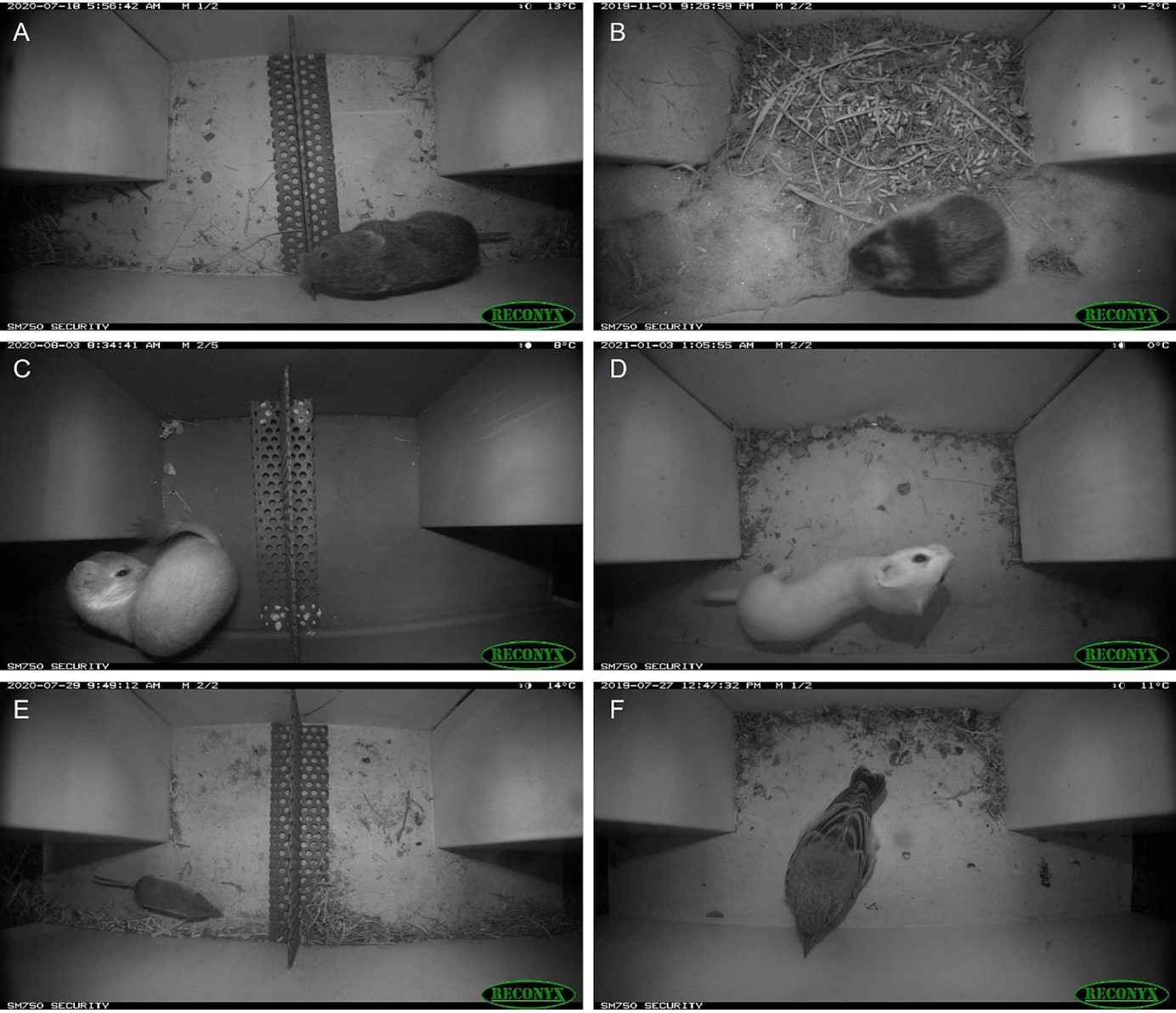Classifying images from wildlife cameras using Artificial Intelligence
Published on: 18. October 2023
Camera traps have become a popular tool in nature science. An example of this is the novel camera trap method we have developed in COAT for monitoring of small mammals. This method provides important information about the animas without affecting them at all. However, novel methods also provide novel challenges. Up until now, researchers would have to look through hundreds of thousands of camera trap images every year to classify them. We have now developed a semi-automatic workflow using artificial intelligence (AI) to do this classification.
Fig1: A diagram displaying the semi-automatic workflow.
In this workflow the images are first organized, and all the images are given unique names containing information about where and at what time the images where taken. Then we describe in how the AI algorithm can be trained to successfully classify the images from a given dataset. Thereafter, quality check is conducted where a subsample of the images is checked manually to decide whether the AI did sufficiently well. If improvements are needed, we give suggestions for how improvements can be made before the workflow can be done again.
This workflow is already in use to classify the images from the small mammal camera traps in COAT and has made possible an extension of this monitoring to mountain regions all over Norway!

Fig 2: Example images from the small mammal camera trap. A: gray-sided vole, B: norwegian lemming, C: stoat, D: least weasel, E: shrew, F: bird.
Read full-text: A semi-automatic workflow to process images from small mammal camera traps